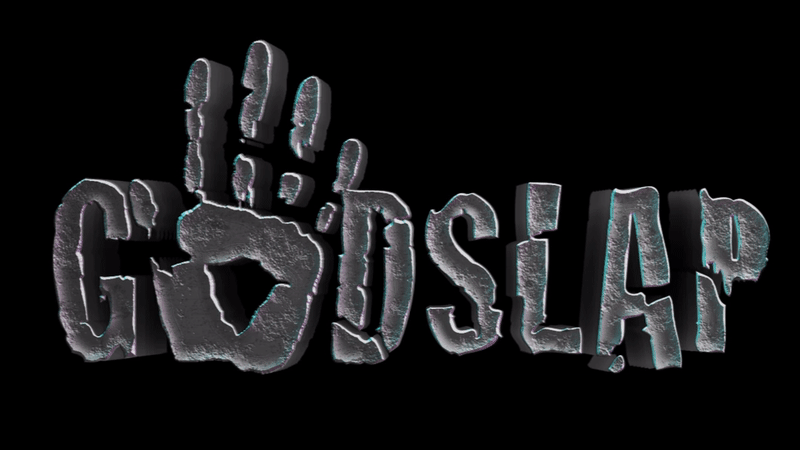Great to see people enjoying the new project. To answer a few general questions I’ve been getting - When Charlie and Troy told us about the idea, we had to find a cunning way to execute it, which is part of the challenge of directing. An idea like this could end up coming across as toilet humor or as you see in the video.
My idea was to make it an over the top anime that that looks like it could be a feature film. I think Charlie wanted something a bit more simple when we started, something that could have been done in 3 months, but when we showed him the first few shots he was blown away and wanted to keep it at that quality. So thanks to Charlie and Troy’s patience you now see it as its final form.
It was a small team. I took Charlie’s initial idea and fleshed it out into the final story, I did all the storyboards, directed, animated, layout, composited and illustrated some misc assets. Linhan the lead illustrator is an absolute legend. He drew about %70 of the assets you see. Daniel Zhang worked on General Troy, the male soldiers, Charlie’s character and the female soldier designs. We took our time trying to make them all feel like there is more to their story. Yen lee and Thaw Naing helped with some additional backgrounds, Simon Crane and Dane Jacobs helped with some additional animations. Matt Haworth illustrated one background, Karl Willis modelled the missile and Haku Milua helped with the japanese translations.
The project took about 8 months of part time work. We used After Effects and Photoshop to make it and I also used procreate. All the assets are 2d illustrations composited in a 3d space so we like to call it 2.5d. The only 3d asset was the Missile.
Due to time and budget constraints we could not afford to do 24fps cell animation so this project was designed to push the limits of motion comic techniques using a combination of limited-frame character art, epic volumetric backgrounds and slick motion graphic compositing showered in cyber-neon cinematography. On a bigger project in the future we hope to be able to introduce 24fps cell animation but the idea here was to make some cool designs that would make you think “I want to see more of that!”
If the futures from the Matrix and the Terminator had a nineties anime love child, Skynut is it. A love letter to the legendary animes of the last three decades Skynut pays homage to the likes of Akira, Ghost in the Shell, Evangelion, Cowboy Bebop, Ninja Scroll, Samurai Champloo and The Animatrix to name a few.
Thanks for watching we have a lot of art to share and hope to make more cool projects like this in the future. Check out our making here.





